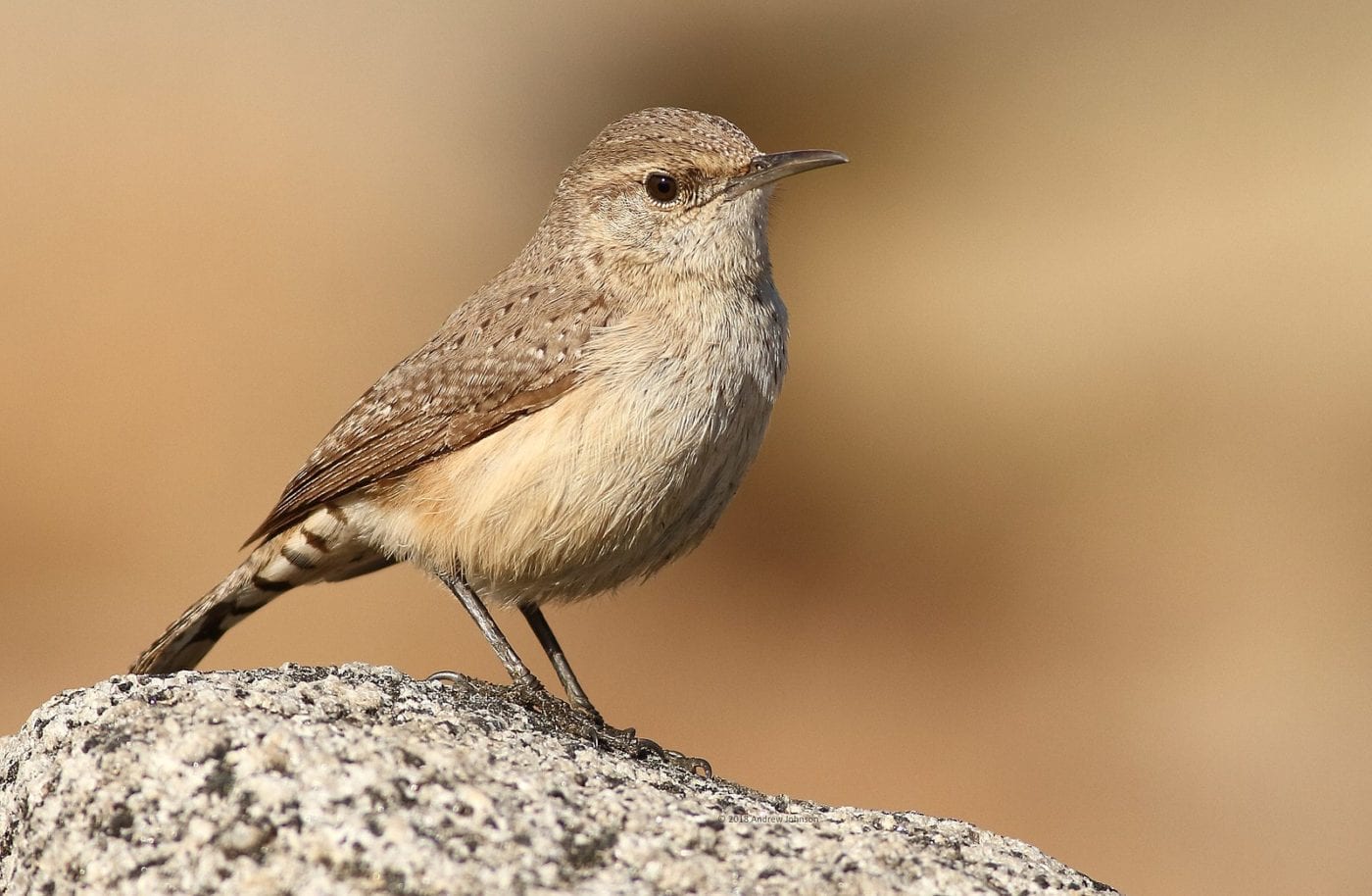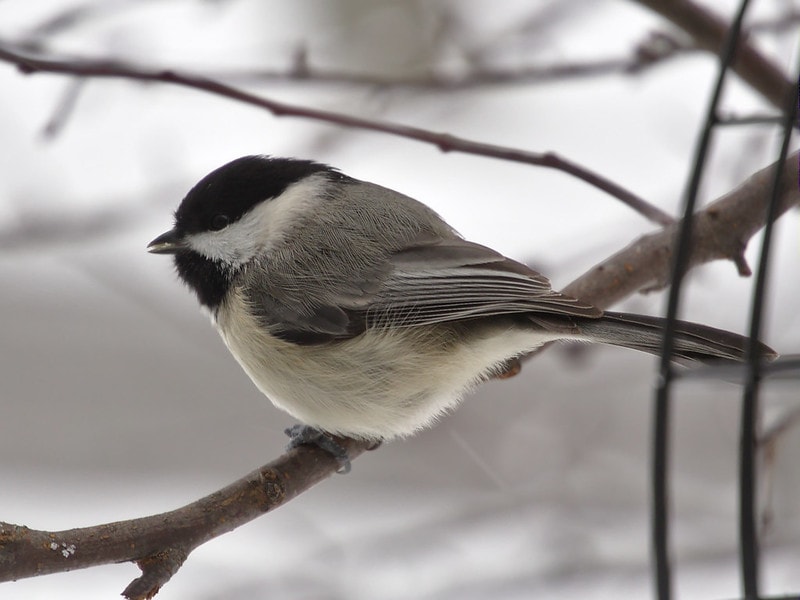Why do some birds in the Hudson Valley opt NOT to fly south for the winter, instead braving the cold and congregating at backyard birdfeeders?
First and foremost, they’ve decided it takes less energy to forage locally for food — and keep warm — than it would to fly hundreds of miles to a warmer climate. Remaining here yearlong also gives them a leg up in securing the best habitats and defending their territory from migrating birds. And it allows them to spend more time nurturing their young, increasing the next generation’s chances of survival.
To stay put, birds have adapted in a number of ways. For example, when winter arrives, they must switch their diets, relying on nuts and berries instead of the buds, bugs, berries and seeds available the remainder of the year. Some birds, such as blue jays, hide caches of food to tide them over. In addition, most gain an extra layer of downy feathers in the fall to protect them from the coming chill.
Researchers have found that overwintering birds — including cardinals, chickadees, wrens, nuthatches, and some species of woodpeckers — tend to be more intelligent and curious than their migrating counterparts. This gives them an advantage in seeking out food sources. Perhaps most fascinating, these birds work in unison, even across species, during the winter. By foraging in mixed flocks, they up their chances of locating food, and by roosting together they’re likelier to survive a cold snap.
By setting up a birdfeeder and keeping it filled, you’ll not only be doing your part to help sustain the valley’s yearlong bird population, but will have an excellent opportunity to observe these colorful creatures.


